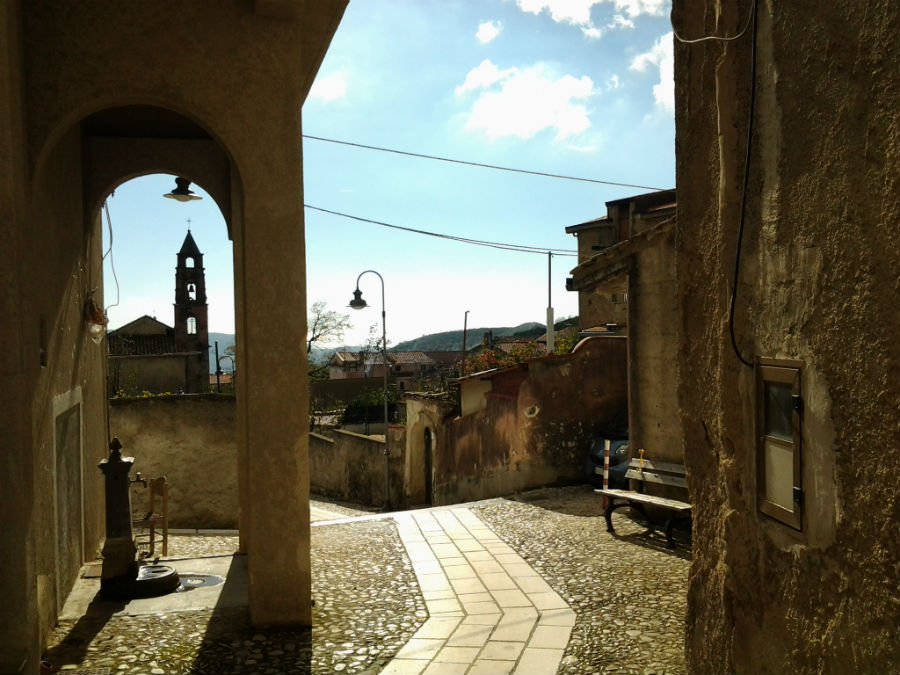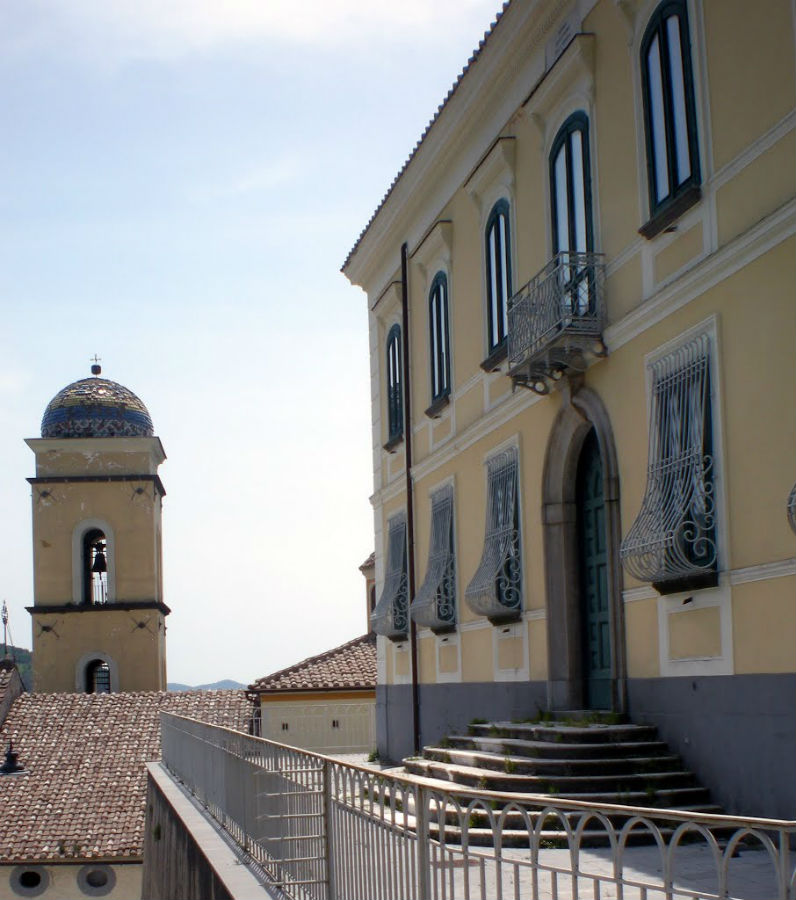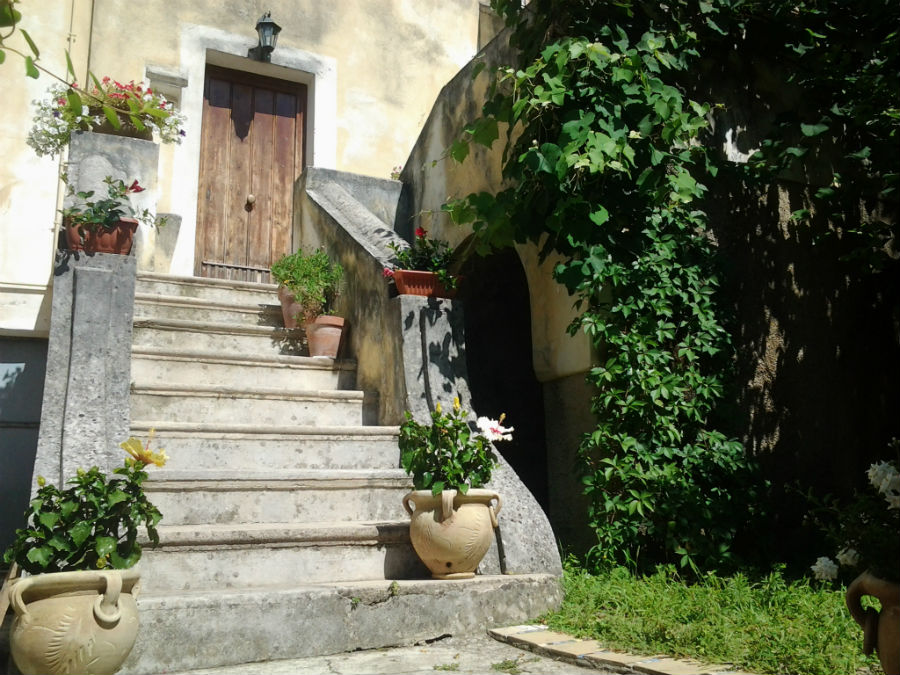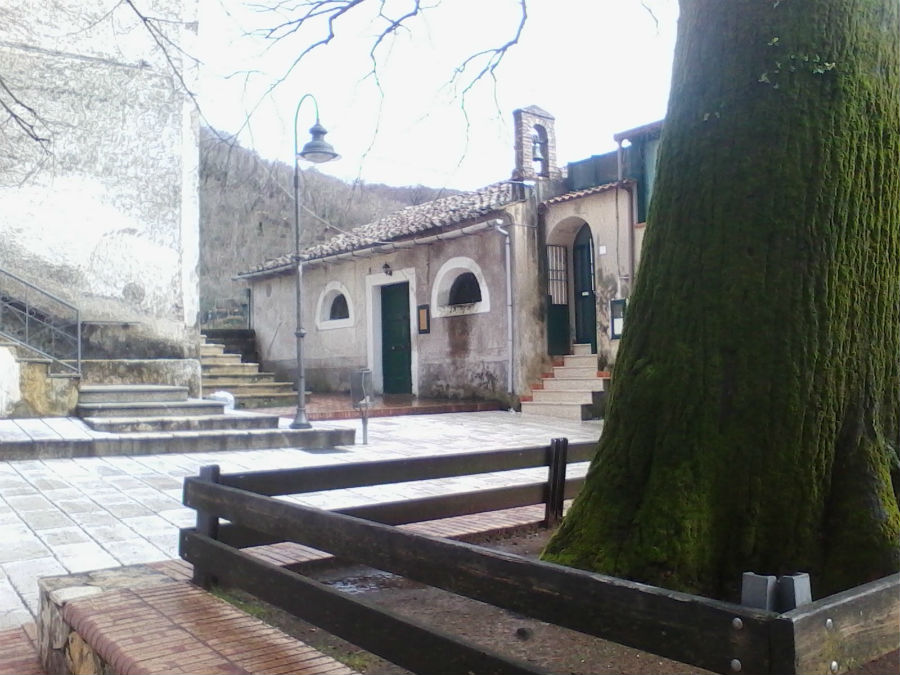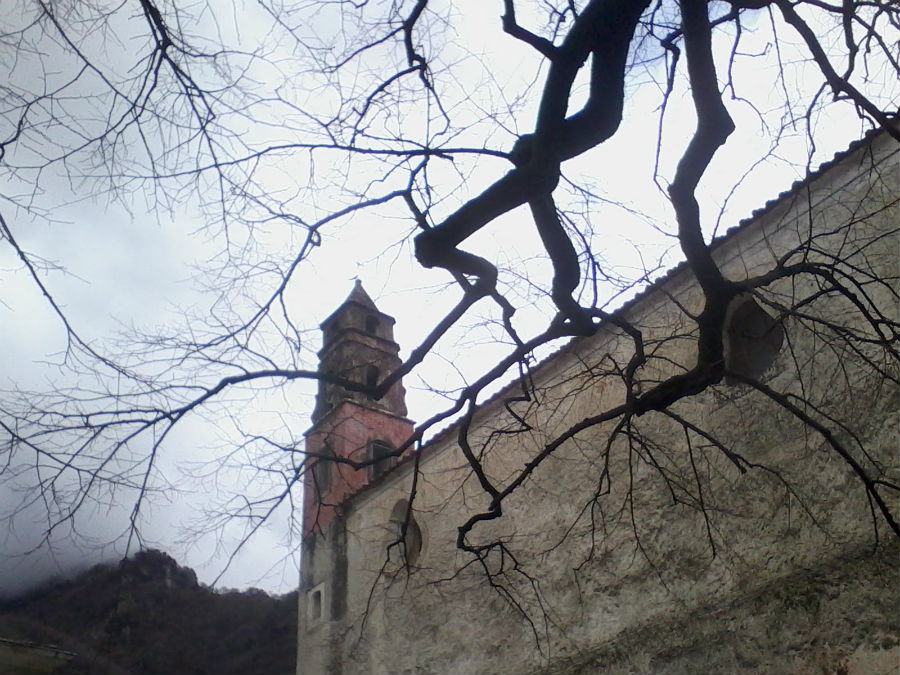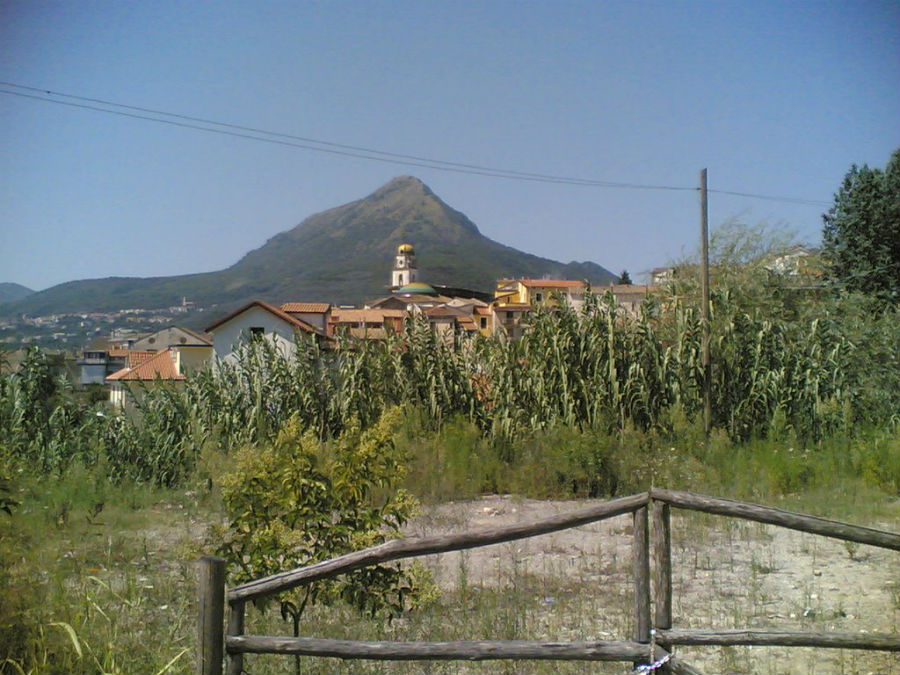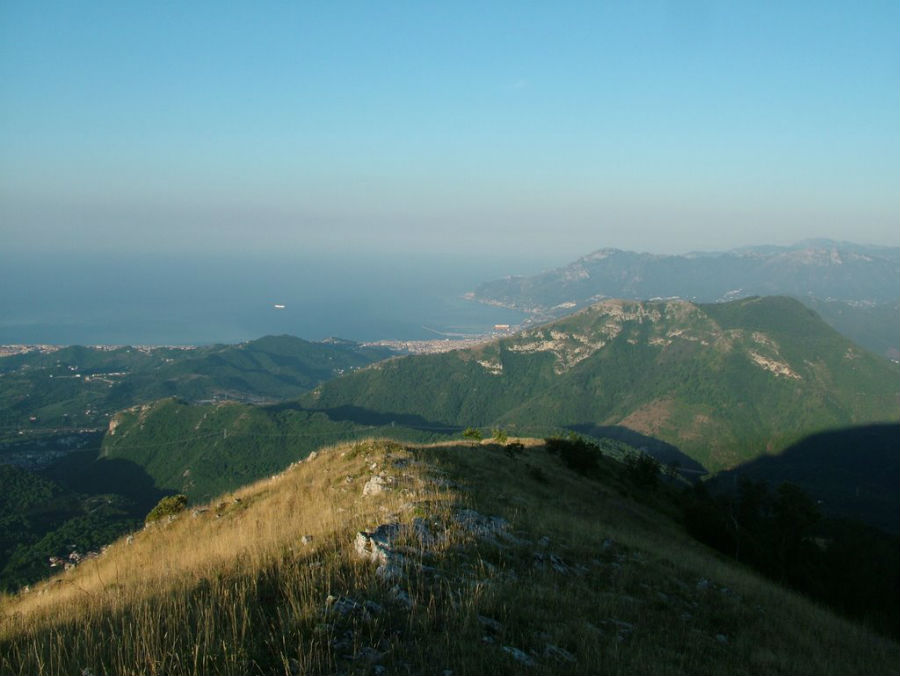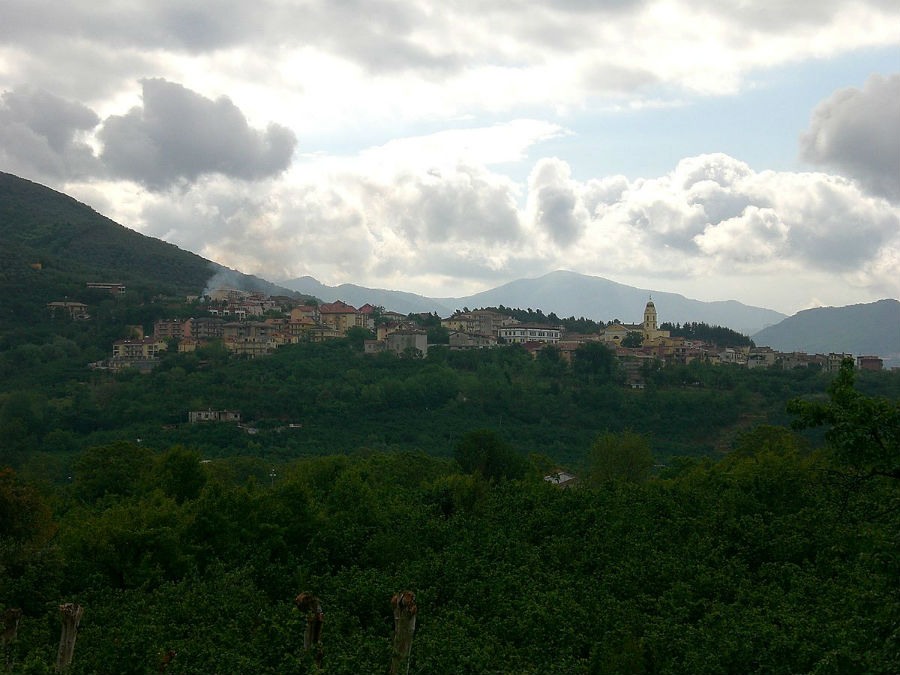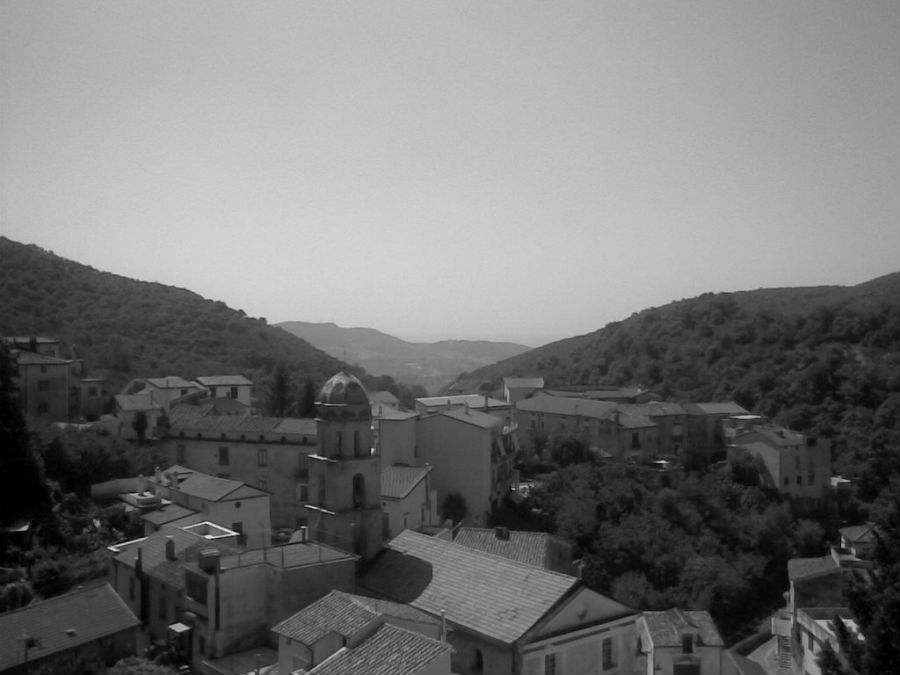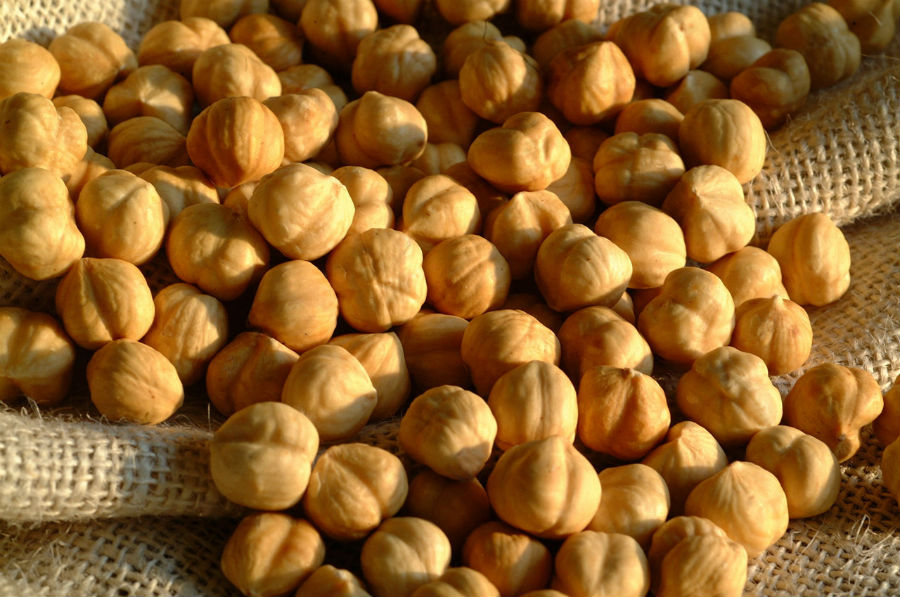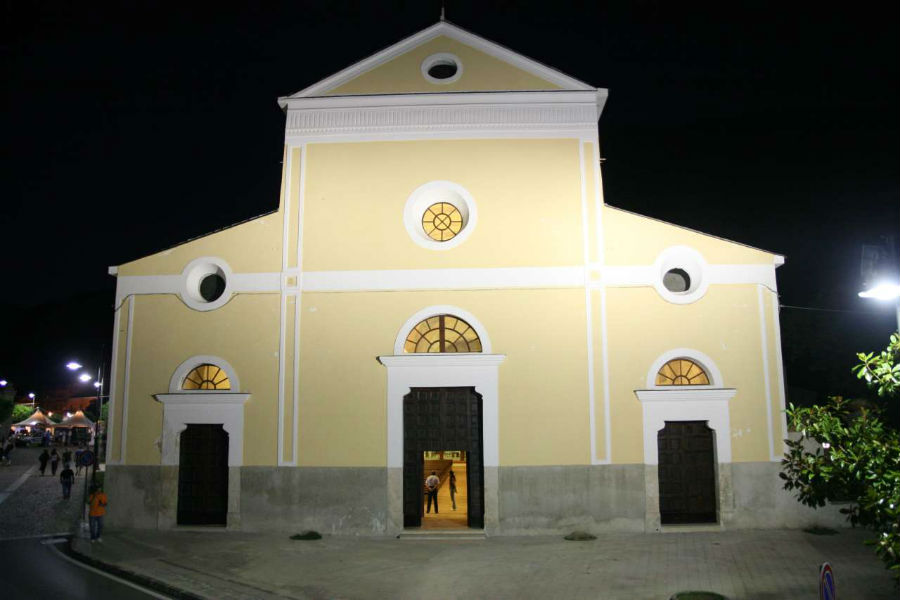The origin of the name of the village of Sieti derives from the latin term segetum, reported to the cultivations on terraces. The village of Sieti is composed of two hamlets nearly contiguous, Sieti Alto (440 m a.s.l.) and Sieti Basso (400 m a.s.l.), which composed the original six giffonesi Casali, but which today represent only a fraction.
Founded in the IX century by the inhabitants of the coast zone and flat, to escape the raids of the saracens. In the whole state of Giffoni sprang well 25 Casali. The Casale of Capitignano, in the territory of Giffoni Sei Casali, arose at the time with the defeat of the Romans on the Picentini, when the inhabitants of the destroyed Picenza forsook the plain to withdraw on the slopes of the mountains. Here formed a nucleus around the temple erected by Silla to god Jupiter, alongside of which were put to the heads of the statues of Janus and Juno, Mozzate in sign of contempt by the Roman legionaries. And from the effigy of Giano (Caput Jani) seems to have taken the name the casale largest namely Capitignano.
Sieti Basso is mainly constituted by modern houses and commercial establishments while the greater part of the structures of the borgo antico is located in Sieti Alto, that preserves totally the original atmosphere of the medieval village. Known as Sieti Country Hotel, the country has tourist vocation in the field eno-gastronomic agritourism, and naturalistic.


